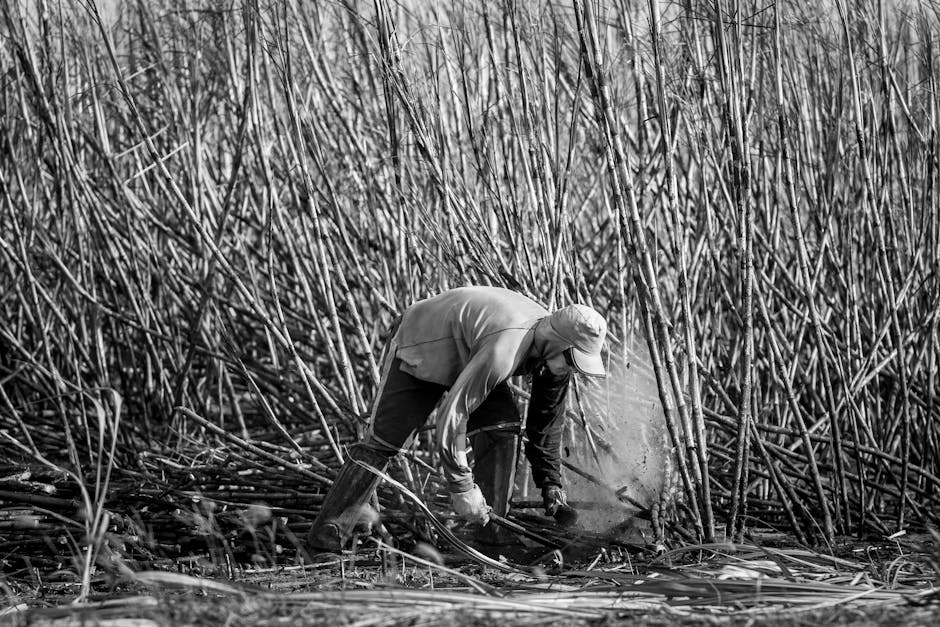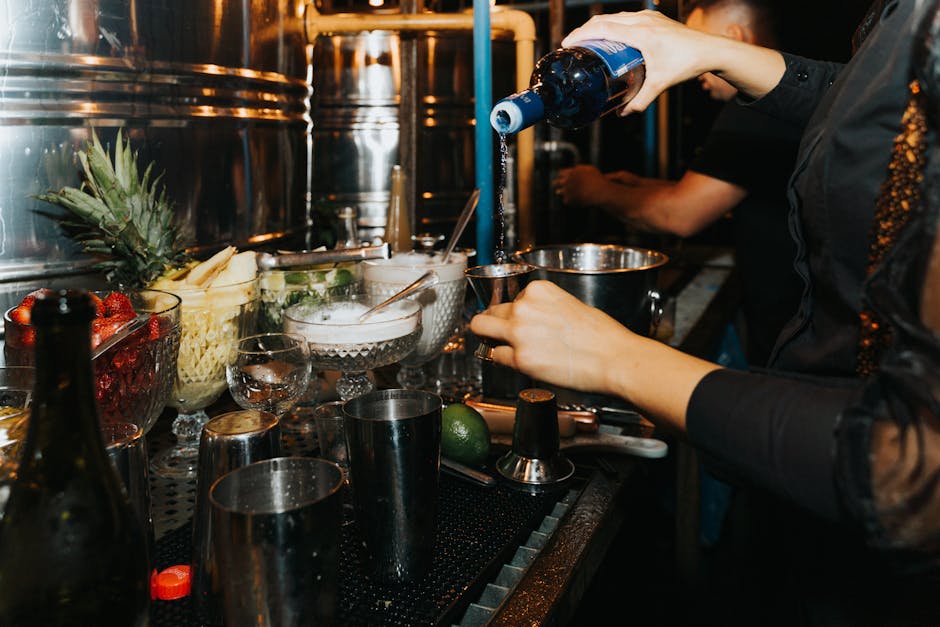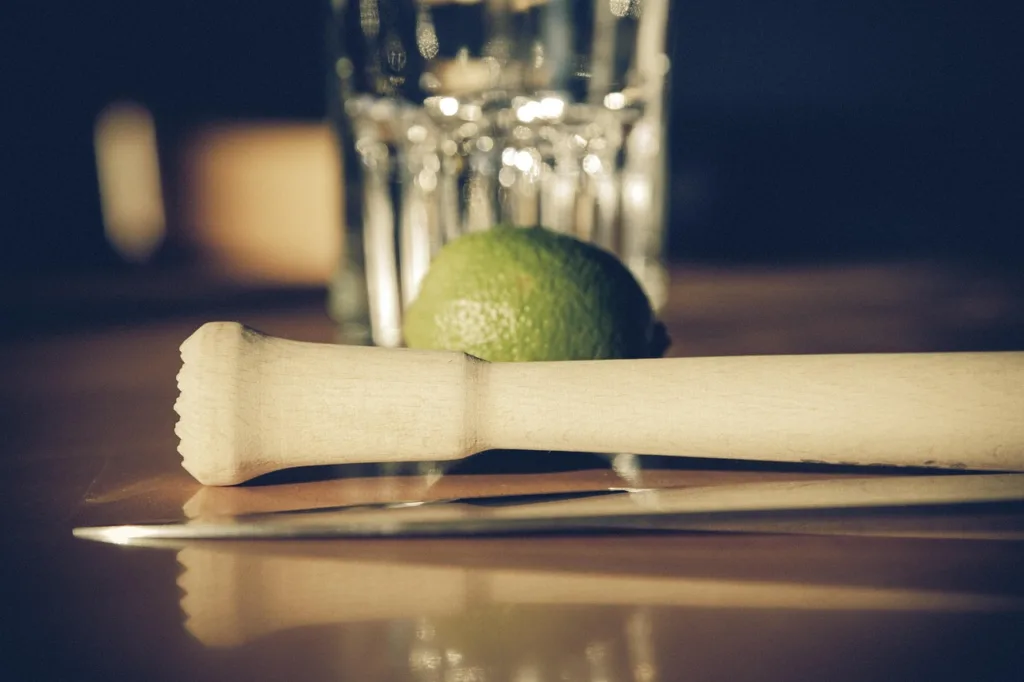- The Soul of Brazil: Cachaça's Rich History
- Beyond the Basics: Understanding Cachaça Types
- Unaged Cachaça (Branca/Prata/Classic)
- Aged Cachaça (Amarela/Ouro/Envelhecida)
- Crafting Perfection: Your Authentic Caipirinha Recipe
- Ingredients (for one Caipirinha):
- Tools You'll Need:
- Step-by-Step Instructions:
- Tips for the Perfect Caipirinha:
- Pairing Cachaça: Beyond the Caipirinha
- The Global Rise of Cachaça
Ah, Cachaça! Just the name conjures images of sun-drenched beaches, rhythmic samba, and the vibrant energy of brazil. More than just a spirit, cachaça is woven into the very fabric of brazilian culture, a national treasure cherished by locals and increasingly, by enthusiasts worldwide. Often mistaken for rum, cachaça holds a distinct identity, a rich history, and a unique flavor profile that sets it apart. If you’ve ever enjoyed a Caipirinha, you’ve tasted its magic, but there’s so much more to this intriguing sugarcane spirit than meets the eye (or the glass!).
Join us on an exploration of cachaça, from its fascinating origins dating back centuries, through the diverse world of its types and aging processes, all the way to mastering the creation of the perfect, authentic Caipirinha in your own home. Get ready to unveil the true soul of Brazil, one sip at a time.
The Soul of Brazil: Cachaça’s Rich History
The story of cachaça is as captivating as Brazil itself, deeply intertwined with the country’s colonial past and the advent of sugarcane cultivation. Its origins can be traced back to the early 16th century, shortly after the Portuguese arrived in Brazil. They brought with them sugarcane and the knowledge of distillation, eager to capitalize on the fertile lands and create lucrative sugar plantations.
Enslaved Africans, who formed the backbone of the burgeoning sugar industry, played a pivotal, albeit often overlooked, role in cachaça’s birth. They were the ones working the mills, processing the sugarcane, and likely the first to notice that the fermented juice (or garapa) that collected in the bottom of the vats could, under certain conditions, yield a potent alcoholic beverage. This early, rudimentary distillation gave rise to what was then known as aguardente de cana, or “firewater from sugarcane.”
Initially, cachaça was seen as a byproduct, often consumed by the enslaved workers themselves, and later by colonists seeking a more affordable alternative to European spirits like wine and Portuguese bagaceira. However, its popularity grew rapidly, much to the chagrin of the Portuguese crown, who saw it as a threat to their own wine and spirits trade. For centuries, cachaça production faced bans, heavy taxation, and fierce competition. Yet, it persisted, becoming a symbol of resistance and a staple beverage throughout the colony, particularly among the working classes and those on the frontier.
Over time, production techniques evolved, improving the quality and refining the taste. By the 17th and 18th centuries, cachaça was firmly entrenched in Brazilian culture, fueling celebrations, fortifying spirits, and even serving as a form of currency. It wasn’t until the 20th century, particularly with the rise of Brazilian nationalism, that cachaça truly began to shed its “poor man’s drink” image and be recognized as Brazil’s unique national spirit, distinctly different from rum, which is typically made from molasses.
Today, cachaça holds a protected designation of origin, meaning that only sugarcane spirits produced in Brazil can be legally called cachaça. This recognition underscores its deep cultural significance and unique heritage, a testament to centuries of evolution and enduring passion. It’s a drink that embodies resilience, ingenuity, and the vibrant spirit of a nation.

Beyond the Basics: Understanding Cachaça Types
Just like whiskey or tequila, cachaça isn’t a one-size-fits-all spirit. Its diversity is one of its most fascinating aspects, offering a spectrum of flavors and aromas that cater to different palates and cocktail applications. The primary distinction lies in whether the cachaça has been aged and, if so, what kind of wood it has rested in.
Unaged Cachaça (Branca/Prata/Classic)
This is the purest form of cachaça, often called branca (white), prata (silver), or classic. It is typically bottled immediately after distillation or rested briefly (for less than one year) in stainless steel tanks or inert wooden barrels (like Amburana, but briefly, just to mellow). Unaged cachaça is crystal clear and boasts a vibrant, fresh flavor profile. You’ll often detect strong grassy, vegetal notes, hints of sugarcane sweetness, and sometimes a peppery finish.
- Flavor Profile: Fresh, vibrant, herbaceous, slightly sweet, clean.
- Best For: This is the go-to for your classic Caipirinha! Its bright, unadulterated character shines through the lime and sugar, creating that perfect balance. It’s also excellent in other refreshing cocktails.
Aged Cachaça (Amarela/Ouro/Envelhecida)
When cachaça spends time in wooden barrels, it transforms, acquiring new colors, aromas, and flavors. This aged variety is known as amarela (yellow), ouro (gold), or envelhecida (aged). The aging process mellows the spirit, reducing some of the sharper notes of the unaged version and introducing complexity derived from the wood.
What makes aged cachaça truly unique is the incredible variety of Brazilian native woods used for maturation, in addition to the more internationally common oak. These indigenous woods impart a stunning array of characteristics, making aged cachaça a truly adventurous spirit to explore.
Exploring Brazilian Wood Varieties:
- Amburana: One of the most popular Brazilian woods, Amburana imparts a distinct sweet, spicy flavor with notes of vanilla, cinnamon, and sometimes even anise or ginger. It gives the cachaça a beautiful golden hue and a smooth finish. Many consider it essential for complex aged cachaças.
- Bálsamo: Known for its strong aromatic presence, Bálsamo tends to lend flavors of herbs, spices, and sometimes a hint of almond or licorice. It can be quite robust and often results in a cachaça with a slightly darker, more amber color and a peppery kick.
- Jequitibá: A more neutral wood compared to Amburana or Bálsamo, Jequitibá (often Jequitibá-Rosa) allows the cachaça’s original character to shine while adding softness and a subtle sweetness. It often results in lighter-colored aged cachaças.
- Ipê: Similar to Jequitibá in its neutrality, Ipê contributes a delicate complexity, often with floral or fruit notes and a slight tannic structure. It’s known for producing very smooth, elegant cachaças.
- Carvalho (Oak): While not indigenous, oak (often American or European) is also used, particularly by producers looking to appeal to palates familiar with whiskey or rum. Oak imparts classic notes of vanilla, caramel, and a woody spice, similar to how it affects other spirits.
Some premium cachaças are even aged in a combination of these woods, creating truly unique and complex blends. The minimum aging period for an aged cachaça is one year, but many premium versions are aged for much longer, sometimes up to 10 years or more, developing incredible depth and smoothness.
- Flavor Profile: Smoother, warmer, complex, with notes of vanilla, caramel, spices, dried fruit, and specific wood characteristics.
- Best For: Sipping neat or on the rocks, much like a fine whiskey or rum. It also works wonderfully in more sophisticated cocktails where its complex flavors can truly shine.
Crafting Perfection: Your Authentic Caipirinha Recipe
No discussion of cachaça is complete without diving into the Caipirinha, Brazil’s national cocktail and a global sensation. This seemingly simple drink is a masterpiece of balance: the tartness of lime, the sweetness of sugar, and the vibrant kick of cachaça. While it only has three ingredients, the technique is key to achieving that perfect refreshing zest. Forget pre-made mixes; let’s make it the authentic Brazilian way!
Ingredients (for one Caipirinha):
- 2 oz (60ml) unaged Cachaça (Prata/Branca recommended for classic flavor)
- 1 medium-sized fresh lime
- 2 teaspoons granulated sugar (superfine or demerara sugar works best for dissolving)
- Plenty of ice cubes
Tools You’ll Need:
- A sturdy rocks glass (Old Fashioned glass)
- A muddler
- A sharp knife and cutting board
Step-by-Step Instructions:
- Prepare the Lime: Wash the lime thoroughly. Cut off both ends of the lime. Then, cut the lime in half lengthwise. Remove the white pithy core from each half (this is crucial, as the pith can impart bitterness to your drink). Now, cut each lime half into 3 or 4 wedges.
- Muddle with Care: Place the lime wedges (typically 6-8 pieces from one lime) into your sturdy rocks glass. Add the 2 teaspoons of sugar directly over the lime wedges.
- Muddle: Using your muddler, gently press and twist the lime wedges to extract the juice and release the essential oils from the peel. The goal is to squeeze out the juice and oils, not to pulverize the lime to a pulp. Over-muddling can release too much bitterness from the skin. A few gentle presses and twists are all you need until you see plenty of juice and smell the lime oils.
- Add Cachaça and Ice: Pour the 2 oz of cachaça over the muddled lime and sugar.
- Stir Thoroughly: Fill the glass generously with ice cubes (crushed ice is traditional, but cubes work fine and melt slower). Use a bar spoon to stir the mixture vigorously for about 10-15 seconds. This helps dissolve the sugar, properly chill the drink, and integrate all the flavors.
- Garnish and Serve: Taste and adjust sweetness if desired (add a tiny bit more sugar and stir again). Garnish with a fresh lime wedge or wheel. Serve immediately and enjoy the taste of Brazil!
Tips for the Perfect Caipirinha:
- Fresh Limes are Non-Negotiable: The quality of your lime directly impacts the taste. Use firm, juicy, vibrant green limes.
- Don’t Over-Muddle: As mentioned, over-muddling extracts bitterness. Be gentle but firm.
- Adjust Sugar to Taste: Brazilians often like their Caipirinhas on the sweeter side, but you can always adjust to your preference. Some even use brown sugar for a slightly different flavor profile.
- Use Good Quality Cachaça: While any unaged cachaça works, a decent quality one will elevate your drink.
- Crushed Ice for Tradition: For a truly authentic experience, use crushed ice. It chills the drink faster and provides a delightful texture, though standard ice cubes are perfectly acceptable.

Pairing Cachaça: Beyond the Caipirinha
While the Caipirinha is undoubtedly cachaça’s most famous ambassador, to relegate this versatile spirit to just one cocktail would be a disservice. Cachaça offers a world of possibilities for drinkers and mixologists alike.
For those who appreciate fine spirits, aged cachaças (especially those matured in unique Brazilian woods) are a revelation when sipped neat or with a single large ice cube. They offer complex aroma profiles ranging from vanilla and caramel to cinnamon, almond, and subtle herbal notes. Treat them like you would a premium rum, whiskey, or cognac – slowly, thoughtfully, letting the layers of flavor unfold on your palate. Pairing an aged cachaça with a rich, dark chocolate or a fine cigar can be a sublime experience.
Beyond sipping, cachaça shines in a myriad of other cocktails. The Rabo de Galo (literally “rooster’s tail,” the Portuguese equivalent of “cocktail”) is a classic Brazilian short drink, typically made with cachaça, vermouth, and sometimes a dash of Cynar or a bitter liqueur. Its robust and sophisticated flavor makes it a favorite among those who enjoy stronger, more complex drinks.
Cachaça’s bright, grassy notes also make it an excellent substitute for rum in many classic recipes. Try it in a Mojito for a Brazilian twist, or in a Daiquiri for a fresh, herbaceous take on the classic. It pairs exceptionally well with tropical fruits beyond lime – think passion fruit, mango, pineapple, and strawberries, creating vibrant and refreshing drinks perfect for warmer weather.
When it comes to food, cachaça can be a delightful companion. Unaged cachaça can cut through the richness of fried foods, making it a great pairing with traditional Brazilian snacks like pastéis (savory pastries) or bolinhos de bacalhau (codfish fritters). The sweeter, more complex notes of aged cachaças can complement desserts, especially those with caramel, coffee, or tropical fruit elements.
The Global Rise of Cachaça
For centuries, cachaça remained largely a Brazilian secret, a vibrant spirit consumed almost exclusively within its borders. However, in recent decades, this has dramatically changed. Cachaça is experiencing a global renaissance, propelled by increasing interest in craft spirits, unique flavors, and the rich cultural stories behind them.
Bartenders and mixologists in major cities worldwide are discovering the versatility of cachaça, experimenting with its distinct profile to create innovative cocktails that go far beyond the Caipirinha. Premium brands are investing in high-quality production, emphasizing artisanal methods, sustainable practices, and the unique characteristics imparted by indigenous Brazilian woods. These efforts are helping to elevate cachaça’s status from a regional curiosity to a respected player on the international spirits stage.
The distinction from rum is also becoming clearer to consumers. While both are sugarcane spirits, cachaça is uniquely made from fresh, fermented sugarcane juice, whereas most rums are produced from molasses (a byproduct of sugar refining). This fundamental difference gives cachaça its characteristic grassy, more vegetal, and often brighter flavor profile, making it a distinct category with its own rich heritage and appeal.
From cozy neighborhood bars to high-end cocktail lounges, cachaça is finding its place, inviting drinkers to explore the lively, authentic taste of Brazil. Its journey from colonial firewater to a globally recognized national spirit is a testament to its enduring quality and the vibrant culture it embodies. So next time you reach for a drink, consider exploring the world of cachaça. Whether in a perfectly crafted Caipirinha or a contemplative sip of an aged expression, it promises a journey for your senses, a true taste of Brazil’s soul.




